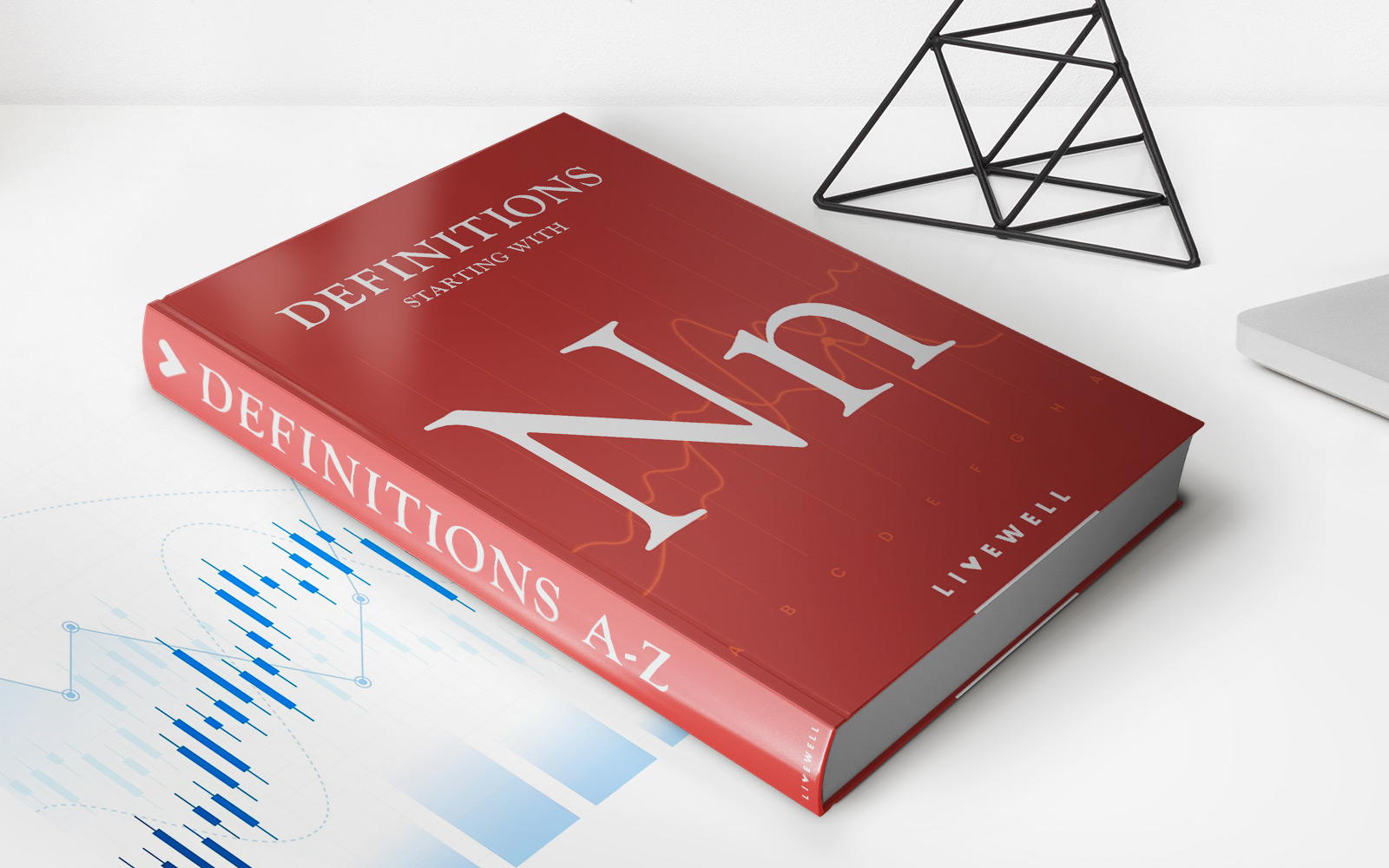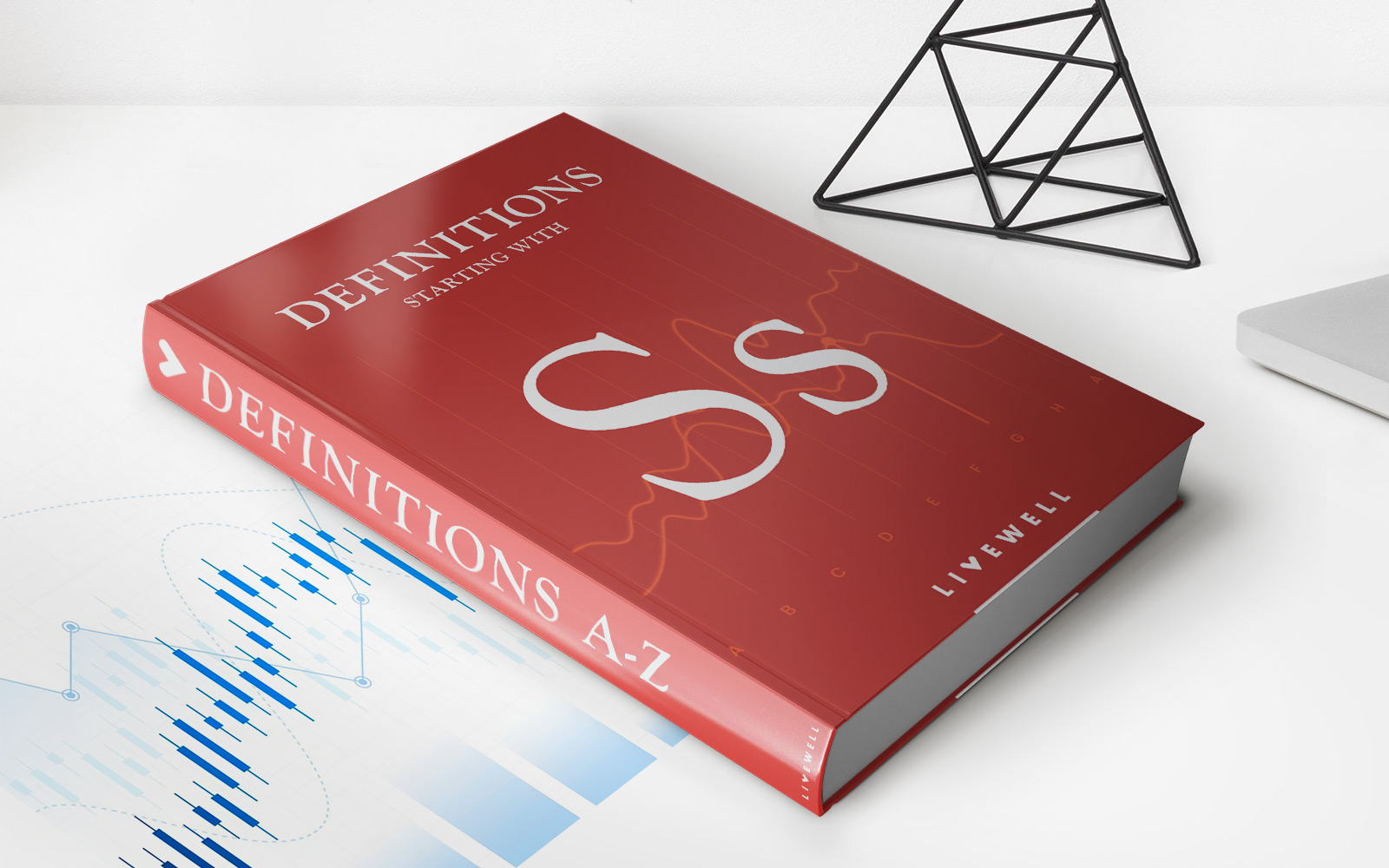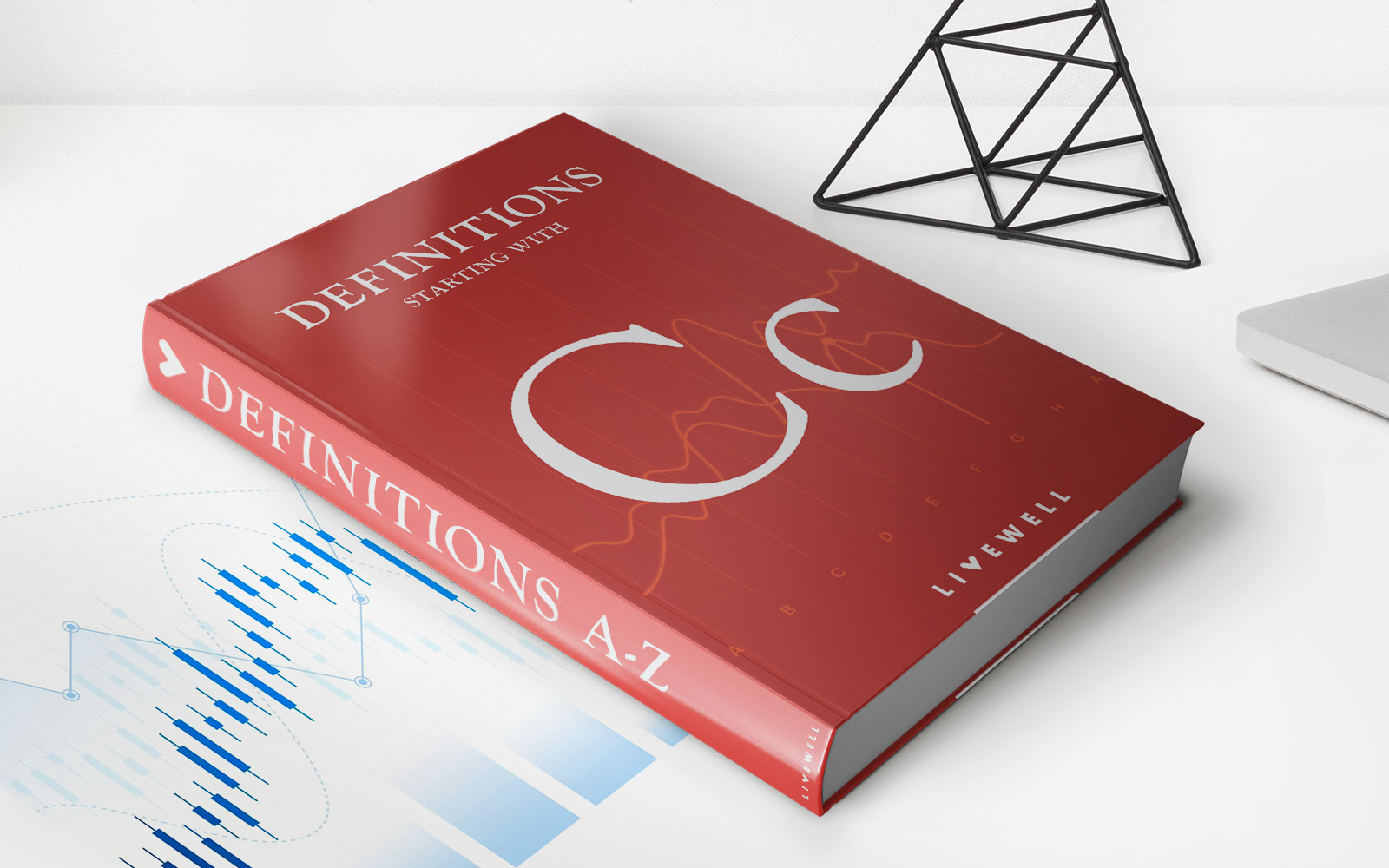

Finance
Nonstandard Auto Insurance Definition
Published: January 1, 2024
Looking for nonstandard auto insurance? Get a clear definition and find the best rates for your unique needs with our finance-focused coverage options.
(Many of the links in this article redirect to a specific reviewed product. Your purchase of these products through affiliate links helps to generate commission for LiveWell, at no extra cost. Learn more)
Understanding Nonstandard Auto Insurance
When it comes to auto insurance, you may have come across the term, “nonstandard auto insurance.” But what exactly does it mean? In this blog post, we’ll delve into the world of nonstandard auto insurance, explaining what it is and why it might be relevant to you.
Key Takeaways:
- Nonstandard auto insurance is a type of coverage offered to high-risk drivers who may have a history of accidents, traffic violations, or poor credit.
- Nonstandard auto insurance typically comes with higher premiums due to the increased risk associated with insuring high-risk drivers.
What is Nonstandard Auto Insurance?
Nonstandard auto insurance refers to a specific category of car insurance that is designed for drivers who are considered to be high-risk. High-risk drivers are individuals who may have one or more of the following characteristics:
- A history of accidents or traffic violations
- Poor credit
- No prior insurance coverage
- Youthful drivers or inexperienced drivers
Due to these factors, insurers view nonstandard auto insurance policyholders as having a higher probability of filing claims. To mitigate this risk, the insurance premiums for nonstandard policies are typically higher than standard policies.
Who Needs Nonstandard Auto Insurance?
If you find yourself in one of the high-risk driver categories mentioned above, you may be required to obtain nonstandard auto insurance. This could include:
Drivers with a History of Accidents or Traffic Violations:
Accidents and traffic violations can impact your driving record negatively. If you have a history of accidents or numerous traffic violations, you may be considered a higher risk by insurance companies and may need nonstandard auto insurance.
Drivers with Poor Credit:
Believe it or not, your credit score can affect your auto insurance rates. If you have poor credit, insurers may see you as more likely to file claims and charge higher premiums as a result. Nonstandard auto insurance may be your best option in this situation.
Drivers Without Prior Insurance Coverage:
If you haven’t had auto insurance coverage in the past, it can pose a challenge when seeking standard insurance. Nonstandard auto insurance may be the only choice available to you until you establish a driving record with coverage.
Youthful or Inexperienced Drivers:
Newly licensed drivers or those considered inexperienced by insurers may also require nonstandard auto insurance. Young drivers are statistically more likely to be involved in accidents, making them higher risk in the eyes of insurance providers.
Why Consider Nonstandard Auto Insurance?
Despite its higher premiums, nonstandard auto insurance can be beneficial for drivers who fall into high-risk categories. Here’s why:
- Legal Compliance: In many states, having auto insurance coverage is mandatory. Nonstandard auto insurance allows high-risk drivers to meet the legal requirements and drive legally.
- Protection: Regardless of your driving history or credit score, accidents can happen to anyone. Nonstandard auto insurance ensures that you have coverage in case of an unexpected event.
- Gradual Improvement: By obtaining nonstandard auto insurance, you can start building a new driving record. Over time, as you demonstrate responsible driving behavior, you may become eligible for standard policies with lower premiums.
In Conclusion
Nonstandard auto insurance provides coverage to high-risk drivers who may have a history of accidents, traffic violations, poor credit, or lack of prior insurance coverage. While it may come with higher premiums, it offers a way for drivers in high-risk categories to meet legal requirements and protect themselves on the road. Over time, with responsible driving behavior, drivers can work towards lower premiums and potentially qualify for standard auto insurance policies.














